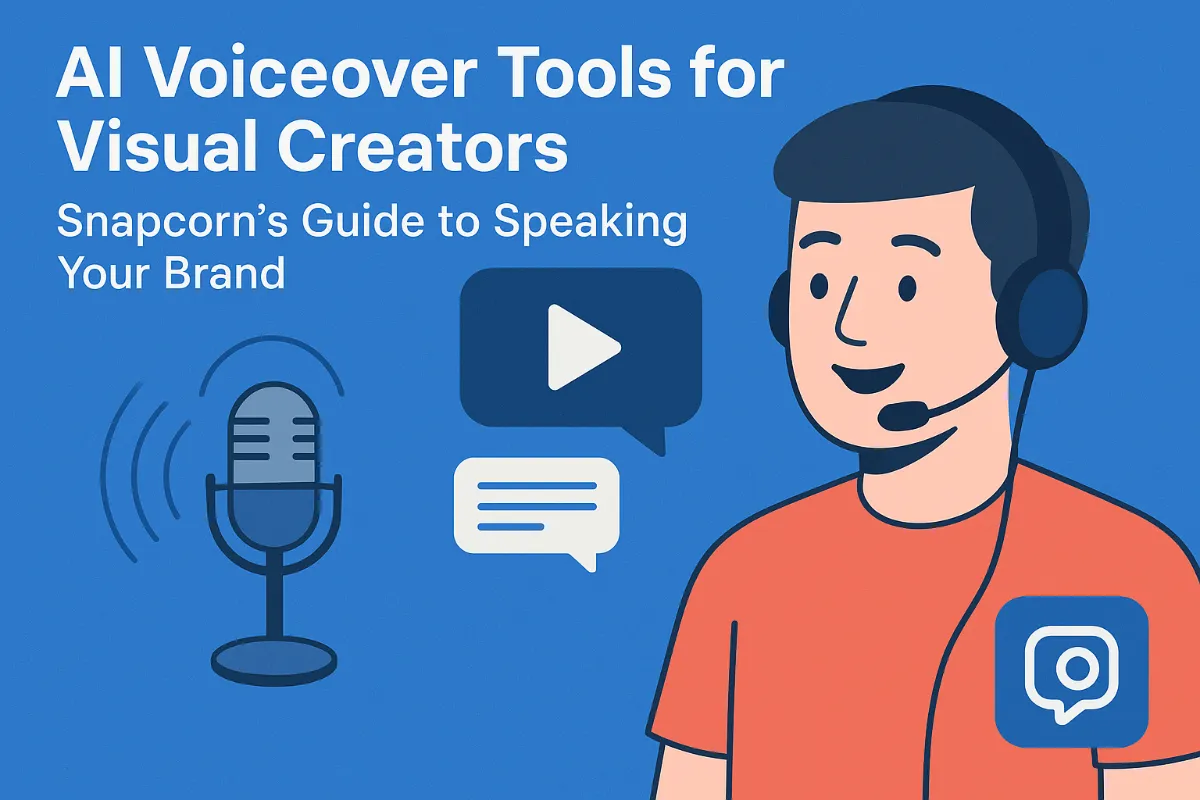3D Software Overview
TL;DR
Why Should a Photographer Care About 3D Software?
Okay, so you might be thinkin', "3D software? What's that got to do with my photography?" Honestly, I get it. It sounds like a whole different ball game. But hear me out, there's some pretty cool reasons why it's worth a look.
Think of 3D software as another tool in your creative arsenal. It can really open up some doors:
- You can create visual effects and compositions that just aren't possible with traditional photography. Imagine adding surreal elements or futuristic designs directly into your photos.
- It's a killer way to develop your own signature style. A way to stand out from the crowd by mixing photography with 3D art.
If you're into product photography, this could be a game-changer. You can create realistic product renderings for e-commerce or marketing, you know? And it's not just about making things look pretty. You can make customizable visualizations showing products in different colors and materials.
3D software can even help with the boring stuff. Like, automating background removal, upscaling image resolution, and even restoring old photos with ai. These tasks are often handled by dedicated ai tools, but some 3d software can integrate with or even offer similar functionalities, especially when it comes to generating elements for compositing or using ai-powered features for image enhancement. For background removal, it's often about creating precise masks from 3d scene data. Upscaling might involve ai algorithms that are either built-in or can be fed 3d rendered elements. And photo restoration can leverage ai to intelligently fill in missing details, sometimes informed by the 3d model's structure.
Now, I know what you're thinking, "Sounds complicated!" But don't worry, we'll break it all down. Next up, we're diving into expanding your creative horizons with 3D software.
Key Features to Look for in 3D Software
Okay, so you're thinkin' about diving into 3d software, huh? One thing I've learned is that not all software are created equal, right? It's like lenses for your camera, you need the right one for the shot.
- First, you gotta look at modeling capabilities. Can you actually make stuff? Does it support different ways of building 3D objects? Like, some use polygons – think connecting the dots – while others use NURBS, which are like smooth curves.
- Then there's sculpting tools. Think digital clay. Can you easily shape and mold your creations? And what about texturing? You need to be able to add surfaces and details. Don't forget uv unwrapping – it's how you correctly map a 2d texture onto a 3d model. Think of it like taking a flat piece of wrapping paper and carefully folding it around a 3D box so the pattern looks right. Without it, your textures would be all stretched and distorted.
- If you're doing product photography, you'll want software that lets you make super-realistic models. This ties directly into the modeling and texturing capabilities.
Next up, is the rendering engine; how realistic can you make things look? Does it do things like ray tracing? That's where it simulates light bouncing around. And what about materials and textures? Can you make something look like metal, glass, or fur?
Choosing the right 3d software can be tricky, but these are some crucial features to keep in mind. Now that we know what to look for, let's check out some specific options.
Top 3D Software Options for Photographers
Alright, let's talk about some of the serious, professional 3D software out there, because at some point you might want to get proper serious about this stuff, right?
AutoCAD: This one's like, the granddaddy of CAD software. It's been around forever and everyone in the industry uses it, says cad Crowd. If you're doing anything with architectural plans or precise technical drawings, this is probably your go-to—but be warned, it's not cheap, and it takes a while to learn all the ins and outs. For beginners, the steep learning curve and cost can be a big hurdle.
Maya: Now we're talking! Maya is what the pros use for film, tv, and games. (The Critical Role of Maya Software in 3D Modeling for Film ...) It's super powerful for animation and visual effects, like if you want to add realistic explosions or crazy character animations to your work. The learning curve is STEEP, but the results can be mind-blowing. Maya often has educational licenses or free trials, but mastering it takes serious dedication.
3ds Max: Similar to Maya, but it's got a bit of a different focus. 3ds Max is big in architectural visualization and creating game content. So, if you're a photographer working with architects or game developers, this might be the better choice to learn - plus, cad Crowd mentions it's got killer special effects. Like Maya, it's a professional tool with a significant learning investment.
These professional tools are definitely an investment, not just in money but in time. Expect to spend a lot of hours learning the ropes, but if you're serious about integrating 3D into your photography work, that effort is gonna pay off big time. For photographers just starting out, exploring free or more beginner-friendly options like Blender might be a more accessible entry point before diving into these industry giants.
If you're planning on doing a lot of product visualization or adding crazy effects to your images, these softwares are where it's at. They give you the tools to really push the boundaries of what's possible.
So, that's a quick rundown of some top-tier 3D software. Next up? We'll look at how this all can integrate with your photography tools.
Integrating 3D Software with Your Photography Workflow
Okay, so you've been making some cool 3D models, now what? How do you get them into your photos without too much hassle?
Integrating 3D into your photography workflow can mean a few things. You might use 3D software for scene planning, visualizing complex shots before you even pick up your camera. Or, you could create 3D objects or environments that you then composite into your existing photographs.
Let's break down a common workflow:
- Photo Export: First, you'll export your original photographs from your editing software. These will serve as your base image.
- Photo Import (into 3D software): You might import these photos into your 3D software. This can be for a few reasons: to use them as reference images to model against, to project them as textures onto your 3D models, or even to set them up as backgrounds in your 3D scene to help with lighting and composition.
- 3D Model Creation & Scene Setup: This is where you build your 3D objects or environments. You'll texture them, light them, and position them within your virtual scene, often using your imported photos as guides.
- Final Render: Once your 3D scene is ready, you'll render it out. This creates a 2D image of your 3D elements.
- Compositing: Finally, you'll take your rendered 3D elements and your original photograph back into photo editing software (like Photoshop) and composite them together. This is where you'll blend the 3D render seamlessly into your photo, adjusting colors, lighting, and shadows to make it look natural.
It can be a bit of a process, but you'll get the hang of it.





